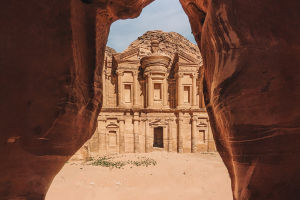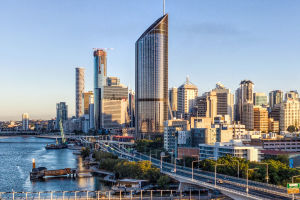Friends, picture waking to dawn light spilling across 500 meters of honeycomb cliff faces carved deep into the Erusheti slopes. Vardzia’s stone galleries, once home to Bronze Age settlers, now stand as a living heritage site overlooking the Mtkvari River valley, Georgia.
This guide reveals essential tips—timing, transport, costs and insider thoughts—to help every explorer uncover Vardzia’s hidden passageways and panoramic heights.
Getting There
Depart Tbilisi’s Didube station at 7 AM via minivan ($4–4.50) to Akhaltsikhe in 3–4 hours. From there, catch a marshrutka to Vardzia ($2, 1–2 hours); two runs depart mid‑morning and mid‑afternoon. Private car hires start at $50 one‑way and can include roadside stops at Khertvisi Castle or Vanis Kvabebi caves. Booking seats a day ahead ensures a smooth journey.
Ancient Beginnings
Earliest cave dwellings trace back to the 8th century BCE, when shepherds carved simple rock shelters. Over centuries, these rudimentary rooms expanded into a complex cliff face settlement. Local craftsmen shaped every chamber by hand, chiseling corridors and living quarters into soft volcanic tuff. Traces of clay water channels hint at early engineers’ ingenuity.
Golden Era
In 1184, King Giorgi III initiated a grand expansion, hollowing out tiers of chambers to create a strategic refuge and communal site. His heir, Queen Tamar, oversaw the project’s peak, adding over 6,000 rooms across thirteen levels. Terraced gardens flourished on ledges below, fed by an intricate irrigation network that still channels spring water today.
Earthquake Impact
A major quake in 1238 collapsed many upper galleries, leaving fractured stairways and collapsed ceilings. Most residents relocated, but a dedicated community repaired the central sanctuary and main halls. Remnants of collapsed vaults now lie scattered below the cliff—a silent testament to nature’s power and human resilience in rebuilding vital chambers.
Central Hall
The heart of the complex is the vaulted central hall, accessible for a 15 Lari fee (audio guide +15 Lari, private guide +45 Lari). Inside, vibrant 12th‑century frescoes depict historic figures and local legends. Visiting hours span 10 AM–6 PM in summer (10 AM–5 PM in winter). Modest attire covering shoulders and knees shows respect in this active living heritage site.
Cliff Panorama
For a sweeping vista, follow the road across the Mtkvari to the “Vardzia Viewpoint” (marked on most map apps). From here, the cliff face unfolds like a giant stone beehive draped in terracotta hues. Sunrise and sunset light intensify the color palette; photographic enthusiasts should aim to arrive 30 minutes before golden hour for uncrowded frames.
Room Network
About 300 interconnected rooms remain open to visitors, linked by narrow tunnels and steep stone steps. Hidden ovens, a “medicine chamber” and water storage rooms reveal daily life centuries ago. A self‑guided loop (2–3 hours) starts at the ticket gate; no backtracking is allowed, so pace each section. Wear sturdy shoes and carry at least 1 L of water.
Entrance Fees & Guided Tours
Admission costs ~$5.50 for adults, with discounts for students and free entry for children under 6. For deeper insights, guided tours cost $9–18 per group if booked on-site.
Private day tours from Tbilisi or Borjomi, including transport, range from $50–150. Tickets can be purchased at the entrance, but hiring a guide in advance is recommended during peak seasons.
Stay & Eat
Accommodations span the Vardzia Resort ($120/night, pool and spa), Vardzia Terrace Hotel ($50/night, garden views) and Sada Guesthouse ($30/night, family‑run comfort). Riverside eateries serve Tatar Boraki (pasta with caramelized onions and yogurt) for $5 and fresh trout from the Mtkvari for $8. Pack snacks before visiting the complex—no food stalls exist inside the heritage site.
Visit Essentials
Best months are May–October when trails are dry and river levels low. Winters cloak the cliffs in snow, creating a serene—if chilly—experience. A lightweight scarf helps cover shoulders if needed, and a camera with a wide-angle lens captures the sweeping stone façade.
Conclusion
Vardzia’s cliffside labyrinth offers a rare blend of ancient ingenuity and living heritage. Advance planning—transport, lodging and seasonal timing—unlocks quiet corridors and dramatic viewpoints. Which hidden passage or frescoed chamber will reveal Georgia’s cliffside marvel to you? Lace up hiking shoes, pack a water bottle and prepare for an exploration beyond the ordinary.


